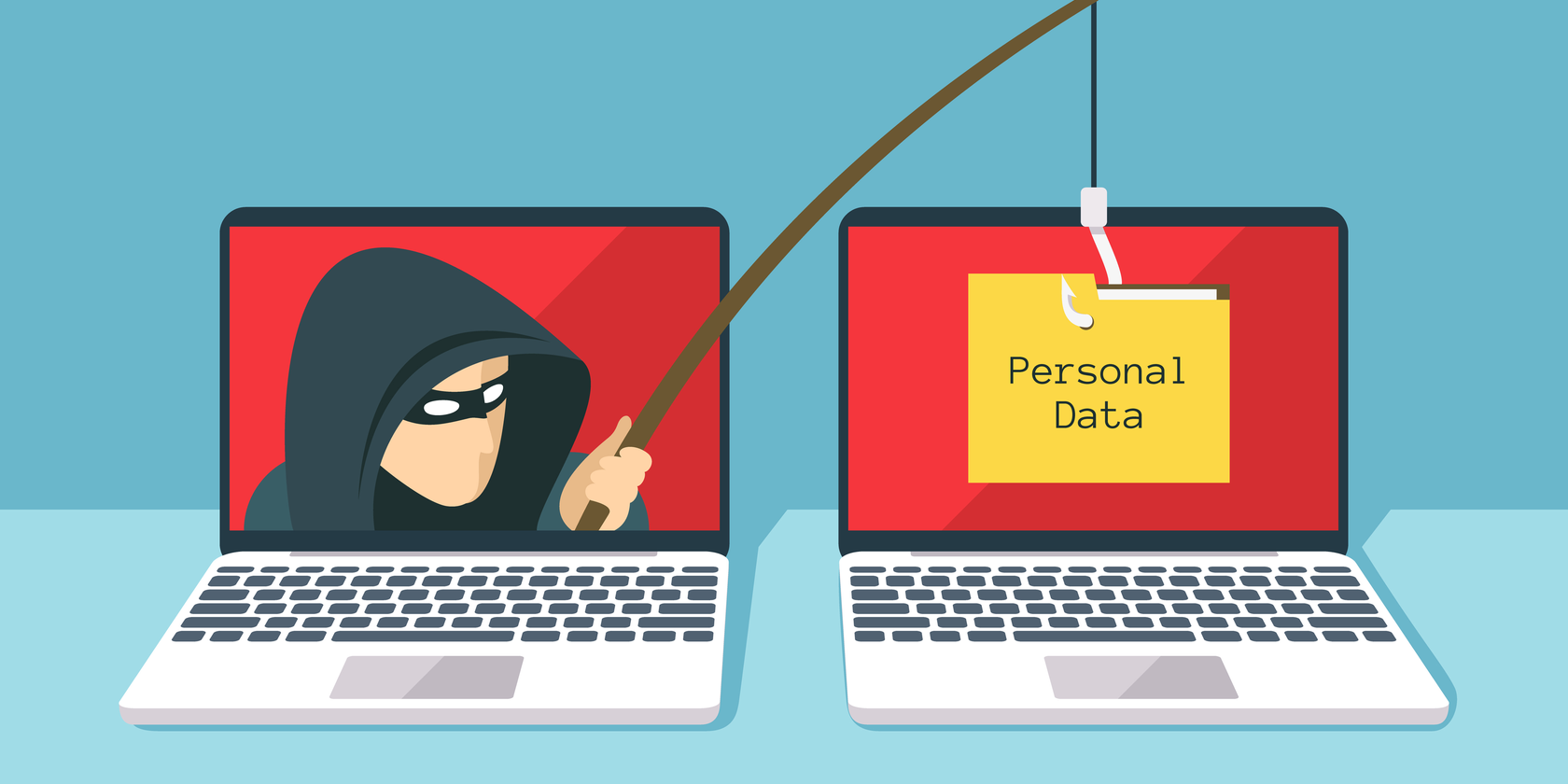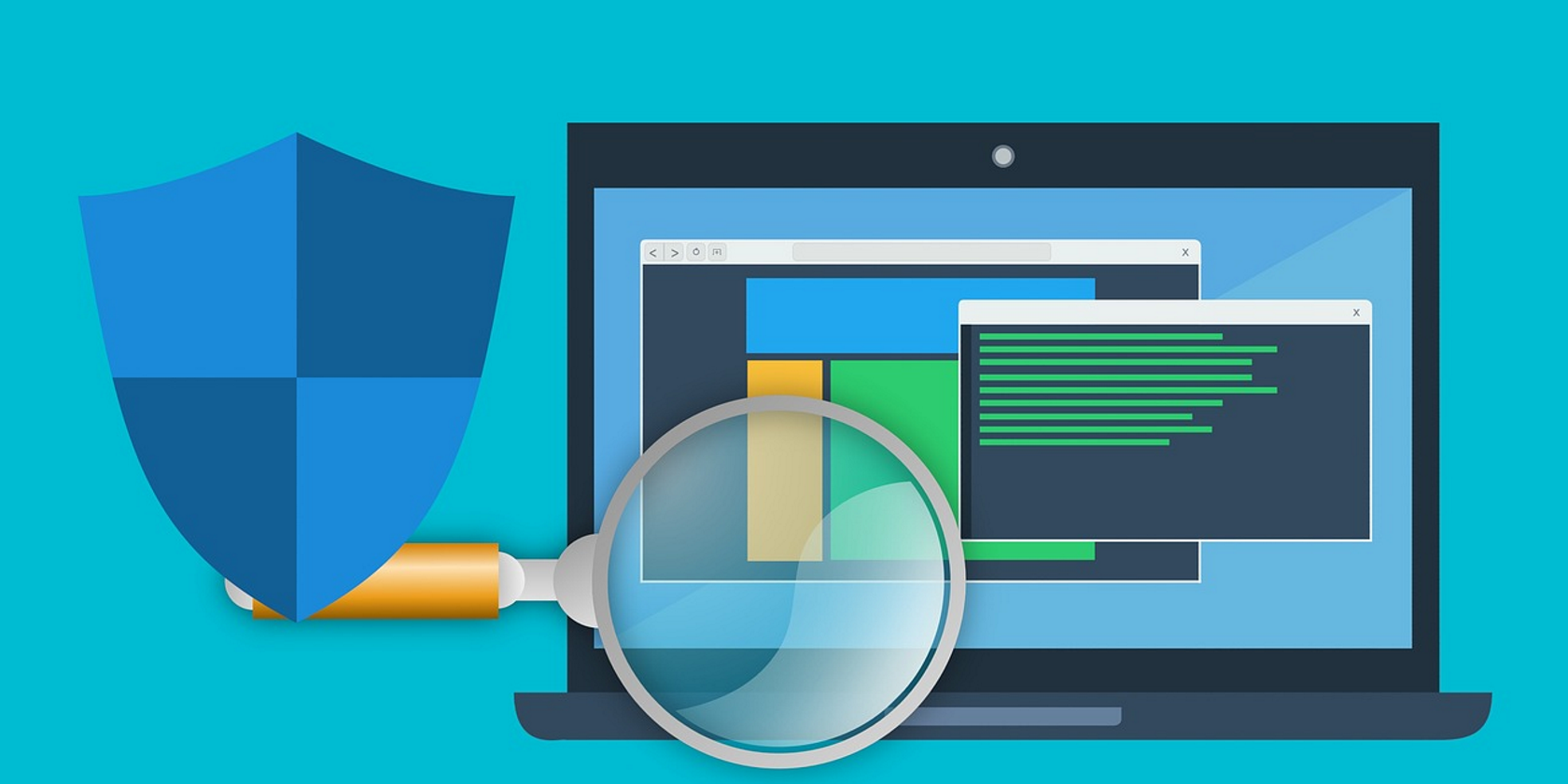Every time you punch in your PIN code at an ATM machine or enter personal information on websites, be aware that potential malicious tools called keyloggers could be keeping tabs on your every keystroke.
But what exactly are these keyloggers and how do they track us? Are there ways we can identify and protect ourselves against them?
What Are Keyloggers?
The main purpose behind a keylogger is to stealthily monitor our activities. Keyloggers come in various shapes and forms and can be either software or hardware-based which means they can exist as both a piece of spyware software or a hardware device that can track every punch of a keyboard.
Most keyloggers are used to capture data for credit card payments that are entered online. Once the data is recorded, the hacker on the other end of the keylogger program can easily retrieve it.
Besides being used on traditional keyboards, keylogger software is also available for use on smartphones, such as iPhones and Android devices.
How Keyloggers Get Installed on Your System
You might wonder how keyloggers get installed in the first place. There are numerous ways they can find their way into our devices.
Phishing Scams
A great tactic for spreading malware, phishing scams lure victims into opening fake emails, messages, attachments, or clicking on links. Keyloggers are also spread through phishing scams and provide an easy entry point to your devices.
Trojan Viruses
Among their arsenal of tricks, hackers also use Trojan viruses to install keyloggers into the victim's devices. Trojan viruses are sent via emails and can include personalized items like coupons that you're tricked into opening.
New types of keylogger Trojans are always in the works too and are designed to steal payment data entered online.
Malicious Webpage Script
If you accidentally visit a fake or malicious website, it can lead to a keylogger getting installed on your device. The malicious website script can achieve this by easily exploiting a vulnerability in your browser.
An Already Infected System
If your computer, tablet, or phone is already infected, malicious software can exploit it further and install keyloggers.
How to Spot Keyloggers
Keyloggers do not affect the main host system unlike other forms of malware. While this keeps your device's files safe, it also makes it very hard to spot them.
In order to spot keyloggers, you have to be on a constant lookout for subtle changes like:
- While typing, you notice that it takes a few seconds for keystrokes to appear, or in some cases, they do not appear at all.
- Your device is not performing well or is lagging in speed. You are also seeing a lot of system crashes.
- Graphics fail to load or you're met with error screens.
- Activity Monitor/Task Monitor shows the presence of unknown processes.
- Your antivirus or security software detects a security issue.
Five Ways to Protect Against Keyloggers
Being cautious is the biggest protection against keyloggers. However, there are five helpful ways that can keep you safe against these malicious keyloggers. Despite the fact that it's hard to spot keyloggers, there are ways to mitigate them before they get installed on your device.
1. Implement Two-Factor Authentication
Implementing two-factor authentication (2FA) is one decent way to add an extra layer of security before granting device access. With two-factor authentication in place, access to the device, system, or resources is only given once two or more pieces of authentication mechanism are passed.
Cybercriminals would need access to numerous devices if you activate 2FA, so opt for an authentication method that's through a different smartphone or tablet to the one you usually use to get into important accounts.
2FA supplies one-time passwords whereas keyloggers depend on using the same passwords every time. Therefore, implementing 2FA significantly reduces the chances of a keylogger getting installed in your system.
2. Use an On-Screen or Alternate Keyboard
Most keyloggers rely on traditional QWERTY-based keyboard layouts for tracking purposes. If you switch to a keyboard that does not use the traditional layout, you can minimize the risk of potential keyloggers finding out anything useful.
Another alternative would be to use virtual keyboard software instead of using an actual keyboard to type in characters. An on-screen or virtual keyboard should especially be used when accessing your bank accounts or whenever you are trying to input sensitive information.
The great news is that most computers come pre-installed with the on-screen keyboard option.
3. Invest in Robust Anti-Virus Software
Invest in the best antivirus suite to mitigate keyloggers. There are many free options out there but investing in premium options keeps you up-to-date on new threats and increases the chances of spotting a keylogger.
Along with providing protection against keyloggers, these programs also keep other types of malware at bay.
4. Be Careful About What You Click
Keeping a distinction between trusted and malicious sites is important while trying to keep your device safe from keyloggers.
Look for red flags and be wary of clicking on any pop-ups, URL attachments, or sudden download requests. Shy away from opening files and attachments received from unknown senders as they could be disguised as innocent links.
5. Use Anti-Keylogger Software
Anti-keylogger programs are made to detect any signs of keyloggers on your computer. They achieve this by comparing your files against those in a keylogger database and also prevent your typed keys from getting captured.
These programs use signature-based monitoring and anti-behavioral techniques to detect the presence of keyloggers.
Another advantage of having anti-keylogger software is that it keeps your user credentials hidden from a potential keylogger.
How to Get Rid of Keyloggers
It is hard to detect keyloggers but once you have identified one, it is quite easy to eradicate them from your device. There are two options for that: Automatic and Manual.
Automatic: A full system scan should be conducted using your antivirus software. Robust antivirus software should be able to manually quarantine the keylogger infection. You can then delete it completely.
Manual: Once you have detected the location of a keylogger, you can manually drag and drop the files into your computer's trash bin and delete them for good.
Stay Vigilant and Beat the Keyloggers
When it comes to protecting your devices and mitigating keyloggers, software security can only do so much. Most people think of cybersecurity solely as investing in antivirus programs, firewalls, and intrusion prevention systems.
As great as these options are, they cannot fully defend against keyloggers if you are also not hyper-vigilant about your personal devices and online activities. Just remember, prevention is better than the cure.





